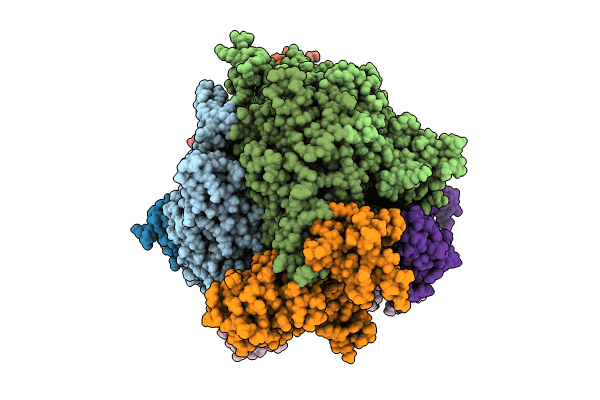
Deposition Date
2023-11-02
Release Date
2024-07-17
Last Version Date
2025-09-17
Entry Detail
Biological Source:
Source Organism:
Thermochaetoides thermophila DSM 1495 (Taxon ID: 759272)
Host Organism:
Method Details:
Experimental Method:
Resolution:
3.19 Å
Aggregation State:
PARTICLE
Reconstruction Method:
SINGLE PARTICLE


